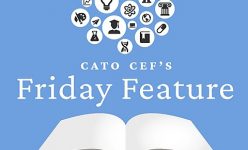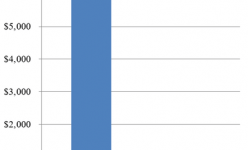
NORC now conducts the National Survey of Fishing, Hunting and Wildlife-Associated Recreation
From the NORC NOW email:
$394 billion. That’s how much hunters, anglers, and wildlife observers spent on being in the wild in 2022, according to the latest National Survey of Fishing, Hunting, and Wildlife-Associated Recreation. When the survey first launched in 1955, the best way to ask Americans about those pursuits was through in-person interviews. Fast forward to 2020, when the Association of Fish & Wildlife Agencies—in partnership with the U.S. Fish & Wildlife Service—tasked NORC with mitigating declining survey response rates and reducing costs. NORC revitalized the survey by streamlining its content and replacing in-person interviewing with a “push to web” approach that invites randomly selected and targeted households through mailed invitations to take the survey online, on paper, or by phone. NORC’s AmeriSpeak® Panel helped identify rural residents and our TrueNorth® methodology reduced bias in the targeted sample.
NORC completed 100,000+ interviews, which revealed that 57 percent of Americans (148 million) watched wildlife, 15 percent (40 million) fished, and six percent (14.4 million) hunted. All of these suggest significant contributions to local economies. Survey findings will help local and state organizations fine-tune their efforts to preserve the habitats for both wildlife and its enthusiasts.
Read: 2022 National Survey of Fishing, Hunting, and Wildlife-Associated Recreation report
Good luck using that link to find the actual report. When I click on PDF it takes me to a list of other reports and then I survey for National Survey and I’m in a loop.
The USFWS used the Census to do these surveys for decades. As far as I can tell, this survey had the biggest contingent valuation method sample in history until budget cuts with, I think, the 2011 survey and they went from dichotomous choice back to open-ended willingness to pay questions. This survey and, I think, the previous one dropped the CVM questions.
Here’s the link to a paper I wrote with the data a long time ago: https://www.tandfonline.com/doi/abs/10.1080/00036840500438996.






















